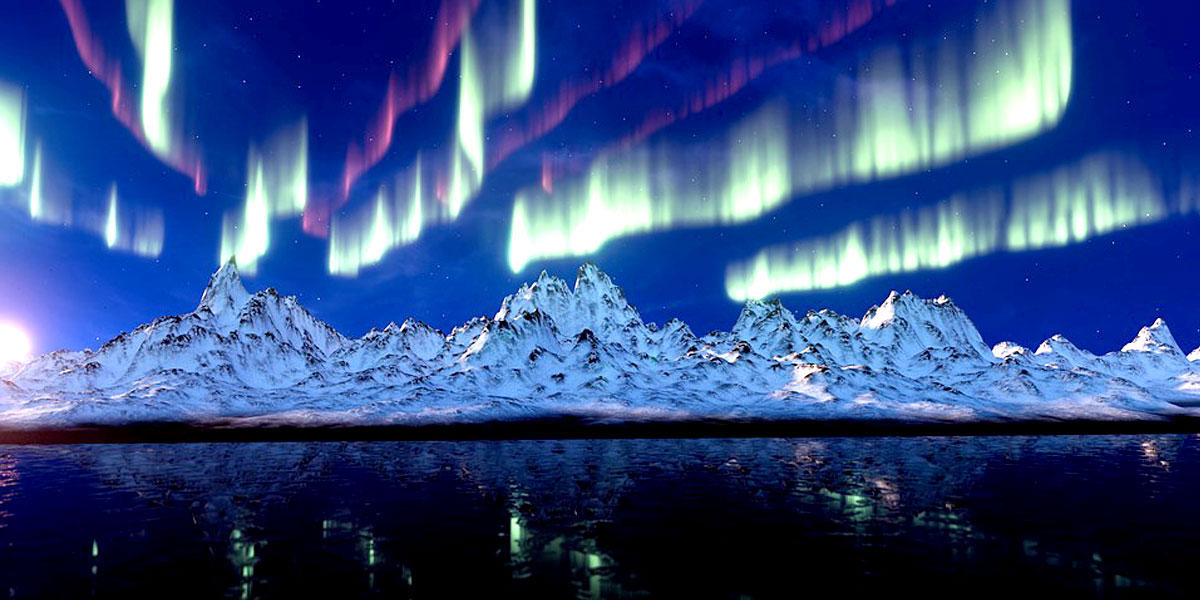
This May Be Your Last Chance to See the Northern Lights During Peak Cycle

The Northern Lights are a sight to see this week and this may be your last chance to see it until the next peak in the solar cycle about 11 years from now.
In North America, the Northern Lights—or Aurora Borealis—are typically more common in the northwestern parts of Canada and Alaska, but forecasters say this time people as far south as the northern Michigan will be able to take in the beauty of the phenomena this week. Unfortunately, for those in southern Michigan, thunderstorms in the forecast will keep people there from seeing it.

People have been fascinated with the Northern Lights for thousands of years. In medieval times, the occurrences of auroral displays were seen as a sign of war or famine. Medieval Europeans considered them a sign from God, and Aboriginal people commonly saw aurora as “fires in the cosmos” or “fires created by sky spirits.” Now, thanks to the modern astronomy, we now know what causes both the Aurora Borealis and its southern sibling, Aurora Australis.
The “standard” aurora is created by the solar wind—the particles streaming constantly from the sun—interacting with the Earth’s magnetic field producing a pale, yellowish-green light that we perceive as wavy and dancing. When solar storms are stronger they can ramp up the Northern Lights considerably making them visible over much wider areas, space.com said. Last year, for example, a strong solar storm allowed people as far south as Illinois and Ohio to catch a glimpse of the lights.
10 Stunning Photos of Rare #NorthernLights (And How to Take Your Own) https://t.co/tqasm8tf0r @sierraclub @NWF @WWF pic.twitter.com/yW4yhVpnzG
— EcoWatch (@EcoWatch) November 3, 2015
While this phenomena occurs year-round, you can see them almost nightly during the winter and spring months in places that are closer to the northern and southern poles where the Earth’s magnetic field is weaker. This time of year is also ideal because it is generally less cloudy.
“Active periods are typically about 30 minutes long, and occur every two hours, if the activity is high,” Charles Deehr wrote in the University of Alaska Fairbanks’ Geophysical Institute’s guide to aurora viewing.
Researchers also found that auroral activity is cyclic and peaks about every 11 years, which means more auroras will be visible south of the main auroral occurrence zone. The last peak of solar activity—or Solar Maximum—was in June 2014, and is very active for about two years prior to and after the maximum. The ideal time to see the lights is around 9.30 p.m. to 1 a.m., according to The Aurora Zone, but can be visible as early as 4 p.m. and as late as 6 a.m.
If you want a more exact time to catch the Northern Lights, the National Oceanic and Atmospheric Agency provides 30-minute forecasts on auroras through their Space Weather Prediction Center. There is also an Android App, Aurora Alert, where you can get regular updates on when and where an aurora will be visible in your area.
https://www.youtube.com/watch?v=NZlfxWMr7nc

 233k
233k  41k
41k  Subscribe
Subscribe 